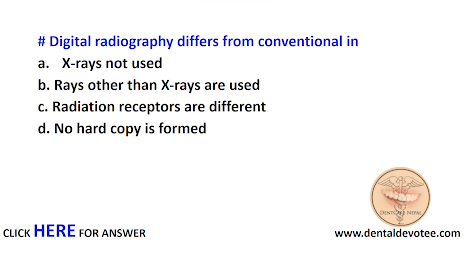# Multiple punched-out radiolucencies is a feature of:
a. Multiple Myeloma
b. Thalassemia
c. Fibrous Dysplasia
d. Ewing's Sarcoma
The correct answer is A. Multiple myeloma.
The periphery of multiple myeloma lesions is well-defined but not corticated; it lacks any sign of bone reaction. The lesions have been described as appearing “punched out.” However, many appear ragged and even infiltrative. Some lesions have an oval or cystic shape. Untreated or aggressive areas of destruction may become confluent, giving the appearance of multilocularity.







